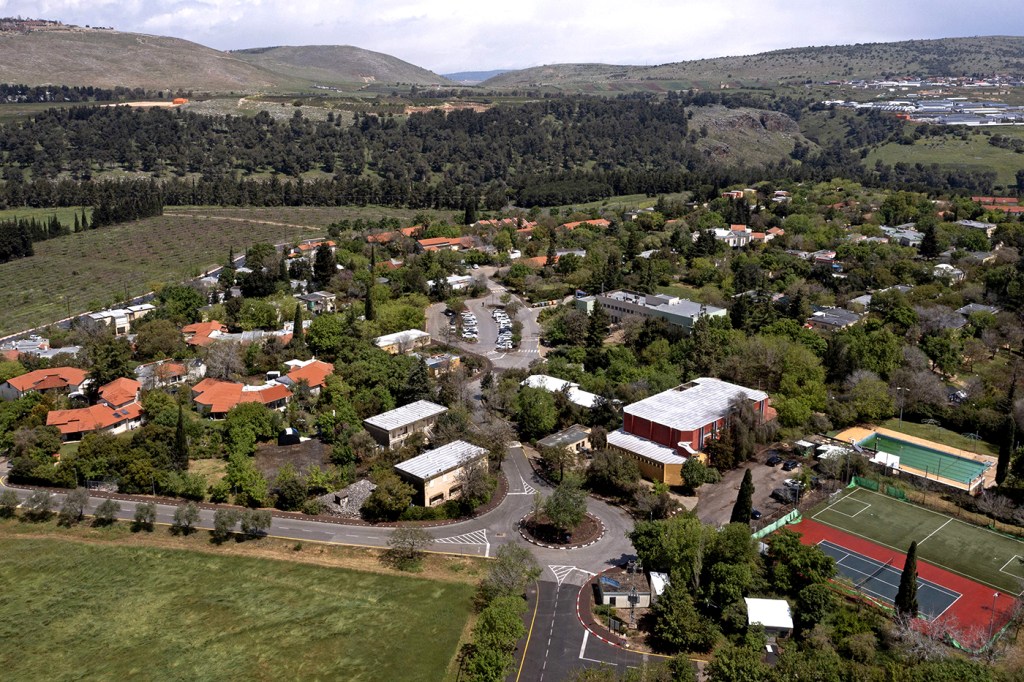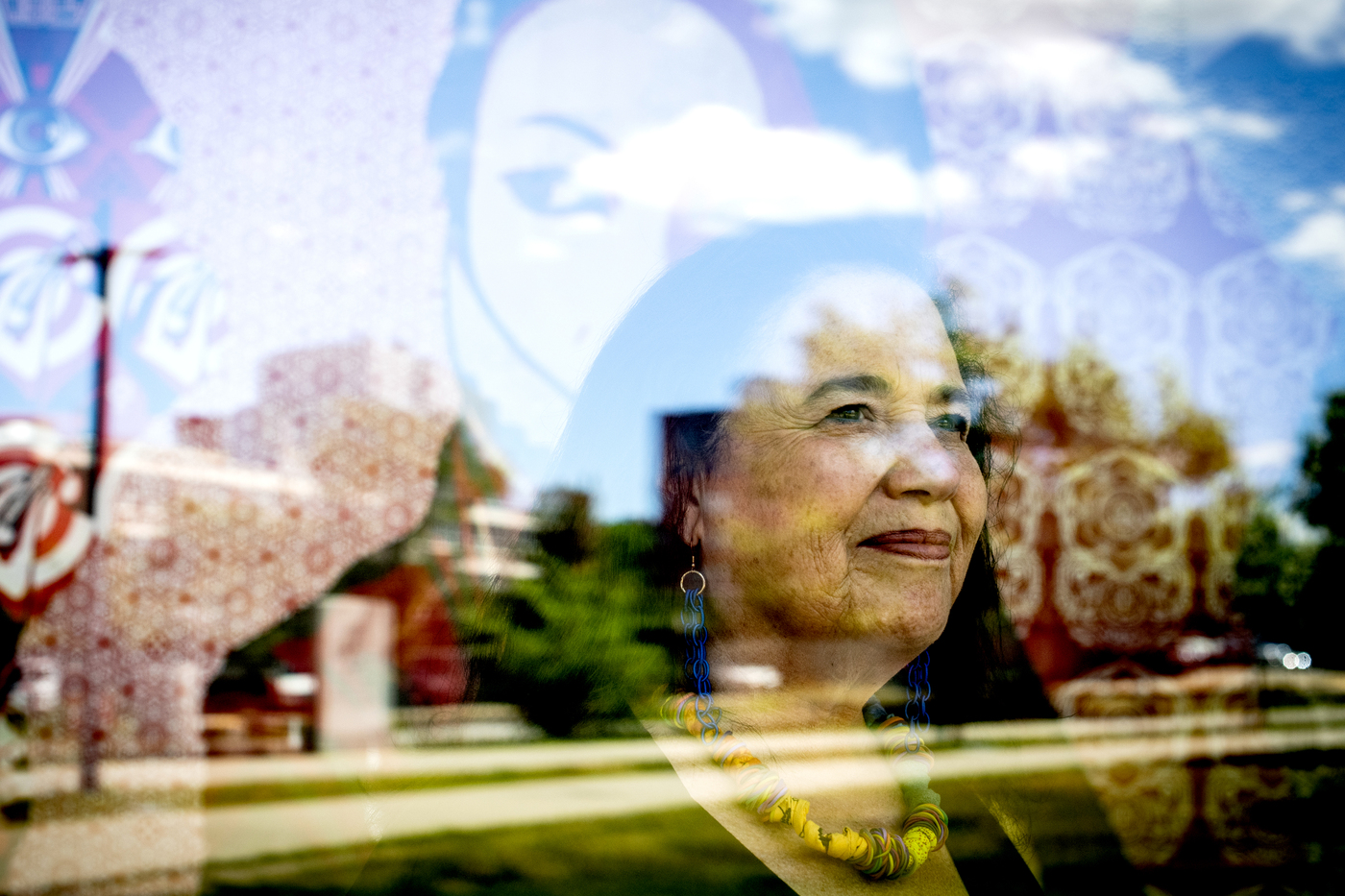What is a kibbutz, the kind of Israeli community targeted during the Hamas attack?

This report is part of ongoing coverage of the Israel-Hamas war. Visit our dedicated page for more on this topic.
The multi-front, surprise assault that Hamas militants launched against Israel over the weekend hit communities across the country, including a set of communes known as kibbutz (pluralized as kibbutzim). Be’eri, a kibbutz located along the Gaza border, was left devastated, with about 100 dead, and buildings shattered and destroyed.
Since Saturday, the death toll has skyrocketed on both sides. The Hamas attack has killed about 1,300 Israelis and left about 3,300 wounded. Meanwhile, Israel has begun bombarding Gaza in advance of a ground assault, killing more than 1,300 people and wounding about 6,000.

The violence that occurred in Be’eri and other kibbutzim over the last week is striking, not least because of the important place these communities have in Israel’s national history. Collectivist, egalitarian communities known for their agrarian economies and utopian idealism, kibbutzim played an important role in establishing Israel’s early national identity.
Their numbers have dropped in recent years: Today, about 120,000 of Israel’s 9 million people (2.8%) live in about 270 kibbutzim that range from 80 to 2,000 people. Some kibbutzim have also departed from the socialist and communal ideals in favor of startups, industry and private capital. But they remain an important part of Israeli national identity and one of the more successful socialist endeavors in modern history.
“It’s a socialist vision of ‘from each according to his ability and to each according to their needs,’” says Lori Lefkovitz, Ruderman Professor of Jewish Studies and director of Jewish Studies at Northeastern University. “That’s the original vision, and it’s quite idealistic.”
Wealth is shared, so any income collected by kibbutzniks working the land or, more recently, working outside the kibbutz is collected by an elected leadership group. People can apply to use funds, but decisions about how income is allocated are made by the elected kibbutz boards.
Most kibbutzim are outside major cities, in line with their agricultural roots, and are fairly separate from other communities physically. However, they exist like any other neighborhood as part of the Israeli social fabric. Some Israelis even choose to rent property on the kibbutz to escape the high costs of the city. If kibbutzniks choose to move outside the kibbutz, they leave with some amount of the collective income, akin to a buyout.
Starting particularly in the 1980s during Israel’s economic crisis, several kibbutzim have drifted away from their collectivist, agrarian roots and become privatized –– and wealthy. In 1964, Hatzerim, a kibbutz located in Israel’s Negev Desert, partnered with Simcha Blass, a Polish-Israeli engineer, to establish a company called Netafim based on Blass’ trademark plastic emitter that revolutionized drip irrigation.
However, the first kibbutz, Degania Alef, was founded by 12 idealistic Eastern European Jews in Ottoman-controlled Palestine in 1910. The intent was to become independent farmers and establish a community based on a social democratic vision. But between swamps, rocky mountains and desert, the environment proved harsh for these relatively inexperienced farmers.
There’s this sense of creating a cultural identity, something like a unified society, and the kibbutzim were part of that image making for the state –– quite deliberately.
Lori Lefkovitz, director of the Jewish Studies program at Northeastern
World War I spelled the end of the Ottoman Empire and the British subsequently assumed control of what became known as Mandatory Palestine. For Jews in Palestine, it meant the strict Ottoman rules around immigration and purchase of land were a thing of the past. This opened the doors for a second wave of young Zionists, many of whom were fleeing antisemitism in Eastern Europe during the 1920s.
The kibbutz movement blossomed during this time, and by 1922, there were 700 people living on kibbutzim in Mandate Palestine. That number had grown to 2,000 by 1927, and by the time World War II started in 1939, more than 24,000 people lived on 79 kibbutzim. The kibbutz population peaked at 129,000 in 1989.
Despite their more diminished place in modern Israel, the kibbutzim have been central to the nation’s cultural, political and geographic identity since it was established in 1948. Members of Israel’s founding leadership were raised on kibbutzim, and they became valuable tools for statecraft.
“Kibbutzim were also about state building,” Lefkovitz says. “They were establishing a state in this place that was underbuilt, and the building of kibbutzim was part of that development project.”
“If you look at the art of the early state, you see images of young people with guns, baskets of oranges and babies,” she adds. “There’s this sense of creating a cultural identity, something like a unified society, and the kibbutzim were part of that image making for the state –– quite deliberately.”
The Horah, an Israeli circle dance, was invented on the kibbutzim. These kinds of cultural and “idealistic communal enterprises” were seen as invaluable steps to building a national culture by leaders like David Ben-Gurion, Israel’s first prime minister, Lefkovitz says.
Prior to Israel’s founding, kibbutzim also played an important role in defining the country’s borders and complicated relationships with Palestinians.
A steady stream of Jewish immigrants starting in the 1920s began to affect the region’s demographic balance. And rising nationalist movements among both Jews and Arabs resulted in near constant Arab-Jewish violence in the late 1930s. Some kibbutzim armed and trained their members and the idealized communities started to play a more active role in military efforts.
In the years leading up to 1948, kibbutzim were also sometimes quickly established in areas that were deemed strategically important for the soon-to-be state. In 1946, settlers set up 11 camps in the Negev Desert to give the soon-to-be state better claim to the land.
Lefkovitz says kibbutzim were also established along Egypt’s border post-statehood in the early 1950s as a way of “creating a populated frontier, an Israeli protective presence, on the border with Egypt.”
It might go some way toward explaining why Hamas would target kibbutzim near Gaza, although Lefkovitz notes the relationship between kibbutzim and Arab communities are “nuanced by region, varying across kibbutzim and subject to the vicissitudes of local politics.” Communities have cooperated and been at war at various times throughout the history of the region, she says.
“Part of the grim irony of what happened this weekend is that these kibbutzim tend to be populated by idealists who were part of the resistance movement and wanted peace with their neighbors,” Lefkovitz says.
Cody Mello-Klein is a Northeastern Global News reporter. Email him at c.mello-klein@northeastern.edu. Follow him on X/Twitter @Proelectioneer.






